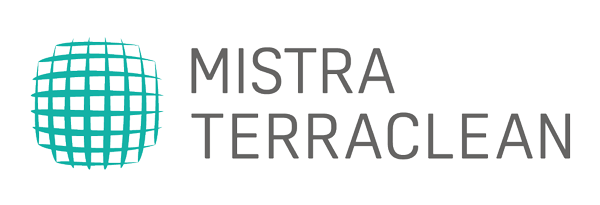In addition to the normal solvent and solute wastes generally emitted from chemical plants, chemical processes involved in pharmaceutical production generate large amounts of active pharmaceutical ingredients (APIs), as well as potentially bioactive intermediates, which may potentially escape into the environment via waste water streams. Conventional waste-water treatments usually employ one or other of the following approaches: GAC filtration, direct ozonation, chemical flocculation and biological degradation. Each of these approaches has its own limitations, in terms of energy requirements, carbon foot-print issues, recyclability problems and limited capacities of treatment.
This case study aims to take one of Mistra TerraClean’s high TRL material/device combinations, the capacitive deionisation (CDI) technique and mate it to a PoC study to examine if the technique can be utilized to remove APIs and intermediates from water streams representing those normally encountered within AstraZenecas manufacturing facility in Gärtuna, Sweden.
The system uses the principles of electrocatalytic water decontamination and purification technique (ELECAT) for polishing waste-water and removing both ionic (inorganic) and organic species from the water using a single-step process. The operation of electro-oxidation typically involves two steps: (1) adsorption of pollutants on the surface of a high-surface-area electrode under an applied potential, known as electrosorption and (2) degradation of the adsorbed molecules through localized redox reactions on the pores of the electrode. The amount of material adsorbed on to the electrode surface from solution depends on the electrical potential applied to the adsorbent.
We intend to utilize a TRL6 CDI module to conduct both lab-scale and in-line PoC experiments on selected production water flows within AstraZeneca’s sphere of chemical operations. The initial PoC experiments will be performed with double woven activated carbon cloth-based electrodes, previously developed by KTH and Stockholm Water Technology, which have been successfully tested in phase I on removal of PFAS. A prototype of the treatment unit comprising of multiple instances of the electrode surface in contact with the waste-water will be fabricated (Figure 6). The reactor will be designed as a flow-through system without the requirement of a storage unit. The capacity of the reactor will be based on the residence time and amount of electrode surface required for effective treatment of the waste-water. Testing will be performed to study the power consumption and viability of the unit for pharmaceutical waste-water treatment.
We will use the device for removing synthetic standard compounds in initial lab-scale experiments. Test samples will be prepared for each contaminant group separately in relevant water samples and their removal/degradation efficiency will be tested on the electrode and experimental operational parameters. LC/MS-based quantitation will be performed to assess efficiency of removal and breakdown in each case. This work will be carried out at RISE, which has many years of experience of assaying APIs and chemical intermediates/metabolites using targeted and no-targeted methods. The catalyst will subsequently be tested with a laboratory sample comprising of mixtures of all contaminants and compared with its performance for individual contaminants. We will study several important experimental variables including:
- The effect of operational parameters such as flow rate, temperature, effective electrodesurface area, electrode surface charge and applied potential magnitude on the removal/degradation of individual waste components and power consumption of the process.
- Characterizing the mechanism of removal/degradation for the individual components along with the by-products formed during the treatment process.
- Time- and concentration-dependent electrode fouling characteristics of the individual wastewater components during continuous operation. This test will be repeated with a sample containing all fouling elements simultaneously to access the effect of a multiple waste matrix environment on the catalytic efficiency and fouling.
- Studies on regeneration of the fouled electrode by physical and chemical processes.
The second phase will involve placing the optimized approach directly in one of AstraZeneca’s wastewater loops, whose contaminants are reflective of the lab-scale experimental compositions. Following attainment of PoC, an option remains for modular scale up of the CDI device application, but this is outside of the scope of the Mistra TerraClean programme.
CSP4 Leader: Ian Cotgreave, RISE
CSP4 Deputy Leader: Joydeep Dutta, KTH
Involved partners: RISE; KTH; AstraZeneca; Stockholm Water Technology
